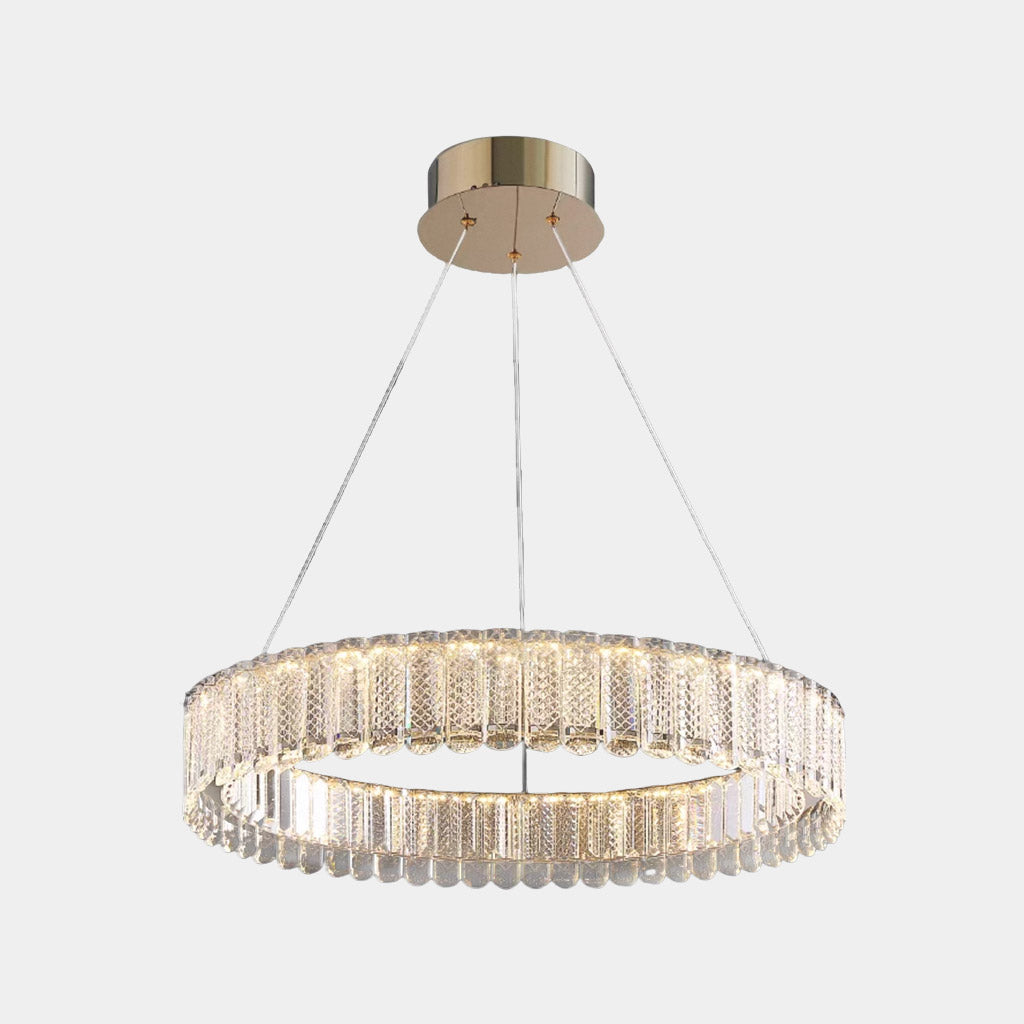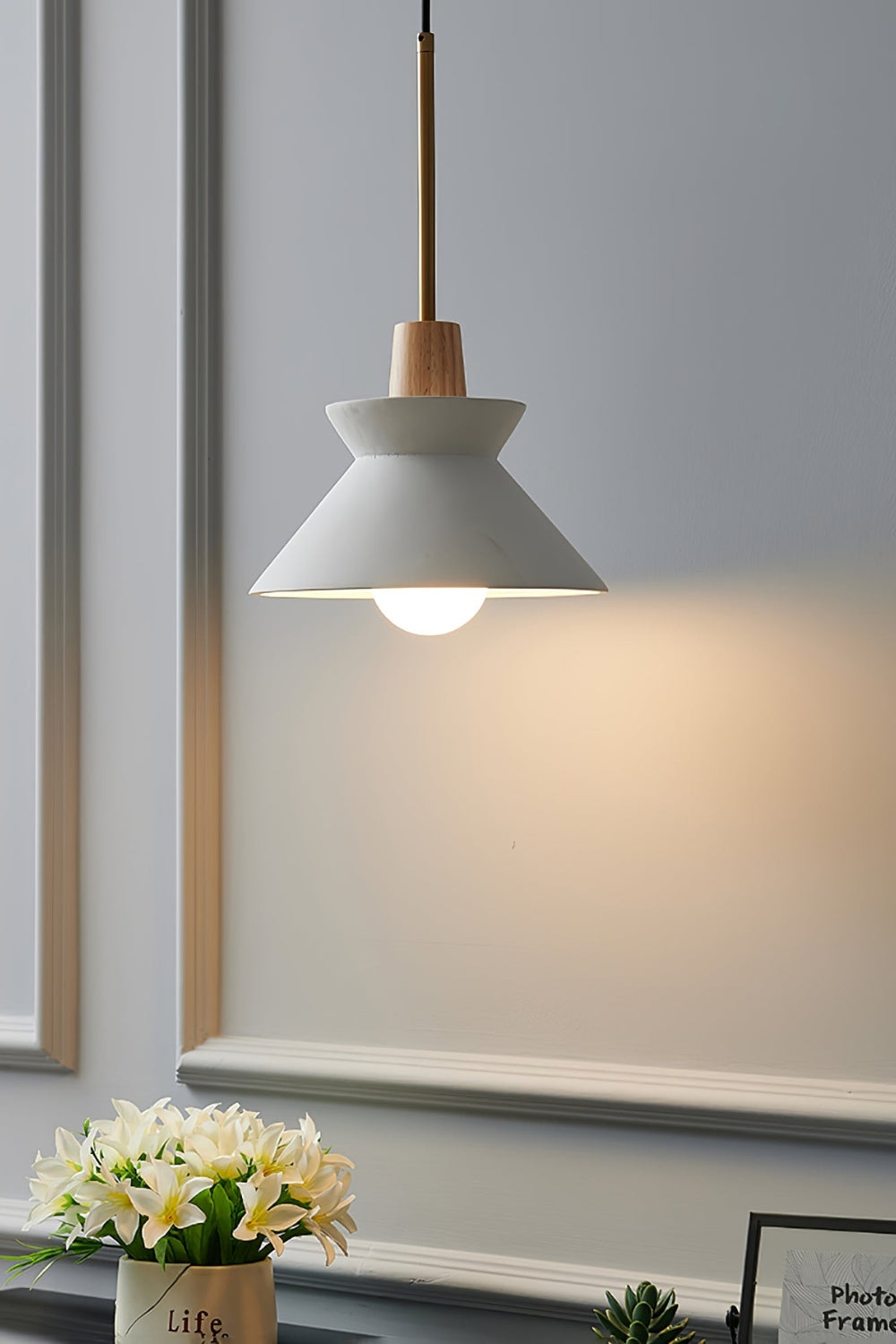Pendant Light vs. Wall Sconces: Which One Should You Choose?
How to Pick the Perfect Pendant Light to Improve Your Interior Decoration
Selecting the ideal Pendant light calls for cautious consideration of various components. The style must line up with the overall decoration, while dimension plays an important role in ensuring correct percentage. Color and finish choices can improve visual appeal. In addition, assessing light output is crucial for performance - Pendant Light. Understanding these elements can transform an area, creating a welcoming environment. The procedure entails more than simply looks; there are usefulness that should also be attended to.
Comprehending Different Pendant Light Styles
Pendant lights come in a selection of designs, each offering one-of-a-kind aesthetic and functional benefits. From industrial styles that include exposed bulbs and metal finishes to classy glass components that stimulate a sense of refinement, the alternatives are huge. Contemporary Pendant lights commonly stress minimal shapes and tidy lines, while vintage-inspired designs might include complex describing and warm tones.
For those seeking a rustic appeal, fixtures made from all-natural products like wood or rattan offer a comfy feel. In addition, multi-light necklaces can work as declaration items, combining several bulbs in a single style for dramatic impact.
Each style contributes in a different way to a space, influencing the total setting and character. Recognizing these varied Pendant light designs allows designers and house owners to make informed choices that line up with their interior decoration vision, enhancing both capability and aesthetic allure in their environments.
Figuring Out the Right Size for Your Space
When choosing a necklace light, properly determining the ceiling height is crucial for accomplishing the best equilibrium in a space. In addition, calculating the range of the fixture in regard to the surrounding room warranties that the light complements as opposed to bewilders the design. These elements play a vital duty in developing an unified interior setting.
Procedure Ceiling Elevation
To attain a cosmetically pleasing style, measuring ceiling elevation is essential for picking the proper dimension of Pendant light. The height of the ceiling straight affects the range and percentage of the lighting fixture. Precede with typical eight-foot ceilings, Pendant lights need to normally spend time 30 to 36 inches above the surface area below, such as a table or kitchen area island. For higher ceilings, modifications must be made accordingly, as a greater installment can create an extra remarkable impact. When figuring out the excellent height, it is vital to show on the total room dimensions and design. Precise dimensions aid ensure that the Pendant light not just enhances the room's design yet likewise gives ample lighting without overwhelming the space.
Compute Component Scale
Choosing the appropriate size for a lighting fixture is essential for creating consistency in a room's layout. To compute component range, one must consider the measurements of the area. A common standard includes including the room's length and size in feet, which provides an optimal size in inches for a pendant light. A space determining 10 feet by 12 feet suggests a component size of around 22 inches. Additionally, the elevation of the ceiling plays a vital function; taller ceilings may accommodate larger fixtures. Guaranteeing the Pendant hangs at a suitable elevation-- normally 30 to 36 inches over surfaces-- additional improves functionality and aesthetic charm. Effectively scaled fixtures can change an area, making it really feel inviting and well-coordinated.
Considering Shade and End Up Alternatives
When selecting a pendant light, the interplay of color and surface can greatly affect the total visual of a space. Coordinating the light's shade combination with existing design assures an unified layout, while the selection of coating material can improve appearance and design. Thoughtful consideration of these aspects is essential for accomplishing a natural search in indoor style.
Shade Combination Control
Shade palette coordination plays a crucial duty in achieving a harmonious indoor layout, particularly when choosing pendant lights. Selecting a necklace light that enhances the existing color plan enhances the general aesthetic. A light with cozy tones can develop a relaxing atmosphere in an area loaded with natural shades, while cooler tones might integrate successfully with a modern, minimalist palette. It is essential to take into consideration the dominant colors in the area, ensuring that the Pendant light either blends seamlessly or supplies a striking comparison. In addition, integrating accent shades from the palette can link the style together, producing a cohesive look. Eventually, thoughtful color sychronisation boosts the aesthetic impact of the Pendant light within the interior style scheme.
End Up Material Considerations

The choice of surface products for Pendant lights significantly affects the total design aesthetic of an area. Various coatings, such as matte, shiny, or distinctive, can produce varying visual influences. A refined metal finish might evoke a modern, commercial ambience, while a matte or cleaned surface can lend a softer, extra natural feel. Shade alternatives, varying from classic blacks and whites to vivid tones, additionally play an important function in balancing with existing style. Furthermore, products such as glass, wood, or ceramic can enhance the Pendant's personality and complement surrounding elements. Eventually, picking the appropriate surface product assures the Pendant light not just lights up however also boosts the space's layout narrative.
Assessing Light Result and Performance
Light output and functionality are basic consider selecting the perfect Pendant light for any kind of space. Reviewing the brightness of a pendant light involves understanding lumens, which determine the complete light given off. A higher lumen count usually shows a brighter light, essential for jobs such as analysis or food preparation. Additionally, the color temperature, gauged in Kelvin, affects the atmosphere; warmer tones produce a comfy environment, while cooler tones promote awareness.
Performance extends past illumination to consist of the component's style and placement. Flexible pendants can supply functional illumination for explanation various activities, while repaired choices add a statement to the style. Furthermore, thinking about the elevation at which the Pendant will certainly hang is critical, as it influences both light distribution and safety. Inevitably, Look At This a well-assessed light outcome and functionality will guarantee that the picked Pendant light meets both aesthetic and useful demands in the intended space.
Matching Pendant Lighting With Your Interior Decoration Motif
Exactly how can one guarantee that Pendant lights enhance the total interior decoration theme of a room? The vital hinge on choosing fixtures that reverberate with the well established visual. In a minimalist setup, easy and smooth styles in neutral colors can develop a natural look. Alternatively, a vintage-themed area might gain from luxuriant Pendant lights, featuring complex styles or cozy tones that evoke fond memories.
Additionally, taking into consideration the material and coating of the Pendant light is necessary. Metals like brass or copper can include a touch of beauty to a modern area, while wood components may enhance rustic insides.
Color consistency likewise plays a considerable duty; selecting tones that line up with the area's combination guarantees that the illumination feels incorporated instead of misplaced. Inevitably, the ideal Pendant lights should not only illuminate however additionally serve as a stylistic expansion of the overall layout, improving the setting and character of the area.
Setup and Placement Tips for Optimum Influence

In larger areas, consider making use of bigger clusters or pendants to avoid them from feeling shed in the area. For an open-concept design, aligning the necklaces with various other design elements, like counter tops or furnishings lines, promotes cohesion. Additionally, dimmer buttons can improve adaptability, enabling flexible atmosphere. Inevitably, thoughtful setup and placement of Pendant lights can transform the aesthetics and functionality of any interior style.
Regularly Asked Questions
What Are the Finest Materials for Pendant Lighting?
The very best products for Pendant lights include glass for style, metal for durability, and material for heat. Each material uses unique visual appeals, permitting designers to create versatile illumination options that boost different interior styles and atmospheres.
How Do I Maintain and Tidy Pendant Lights?
Preserving and cleansing pendant lights involves routine cleaning, utilizing a damp cloth for surface areas, and using gentle cleansers for glass elements. Routine checks for loosened fittings assure safety and security and lengthen the life expectancy of the components.

Can Pendant Lights Be Dimmable?
The inquiry of whether Pendant lights can be dimmable matters for several. Different versions supply dimmable functions, permitting individuals to adjust illumination, improving atmosphere and performance. Compatibility with dimmer buttons is essential for peak efficiency.
What Is the Life Expectancy of Common Pendant Light Bulbs?
The lifespan of normal Pendant light bulbs differs significantly. Incandescent bulbs last about 1,000 hours, while small fluorescent lights (CFLs) can last 7,000 to 15,000 hours. LED bulbs use the lengthiest life expectancy, reaching up to 25,000 hours or more.
Are Pendant Lights Suitable for Outdoor Usage?
Pendant lights can be ideal for exterior use, but they should be especially made for such environments. Weather-resistant materials and appropriate setup are necessary to ensure sturdiness and safety against components like wetness and wind.
Color palette control plays a vital duty in achieving an unified interior layout, specifically when selecting pendant lights. The selection of coating products for Pendant lights considerably affects the overall design visual of a space. Light outcome and capability are essential variables in choosing the ideal Pendant light for any type of area. Reviewing the brightness of a pendant light entails comprehending lumens, which gauge the total light sent out (Pendant Light). Exactly how can one assure that Pendant lights boost the total interior style style of a room?